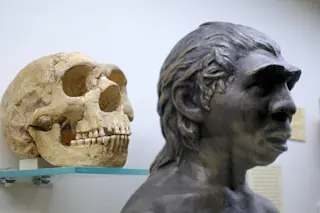Nothing turns your internet procrastination time into feelings of goodwill and teamwork like a citizen science project. You can click through a set of penguin photos or moon craters and know that your data are contributing to real science. As more citizens take part, and more researchers discover the joys of free labor, these projects are gaining popularity. But not all citizen scientists pull their weight. In fact, most do nearly nothing. Henry Sauermann, a management professor at the Georgia Institute of Technology, is interested in the economics and organization of science. He's also curious about what motivates scientists. Sauermann and his coauthor, Chiara Franzoni of Politecnico di Milano, thought that citizen science would be "a wonderful new context to think about these general issues," Sauermann says. Sauermann and Franzoni gathered data on seven projects at Zooniverse.org, a citizen science web portal. These included six projects for classifying space pictures ...
A Few Citizen Scientists Do Most of the Work
Discover the impact of citizen science projects on real research, from Zooniverse to citizen contributions and their surprising value.
More on Discover
Stay Curious
SubscribeTo The Magazine
Save up to 40% off the cover price when you subscribe to Discover magazine.
Subscribe












